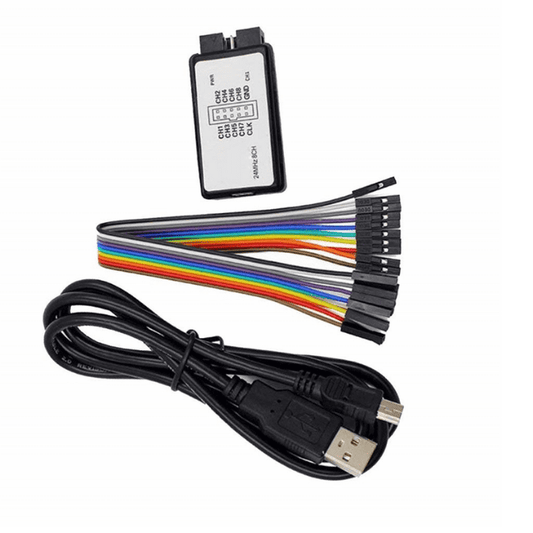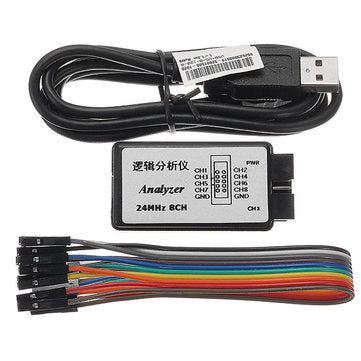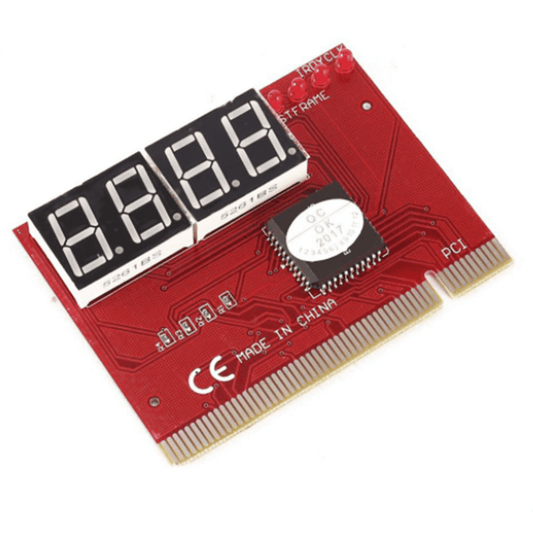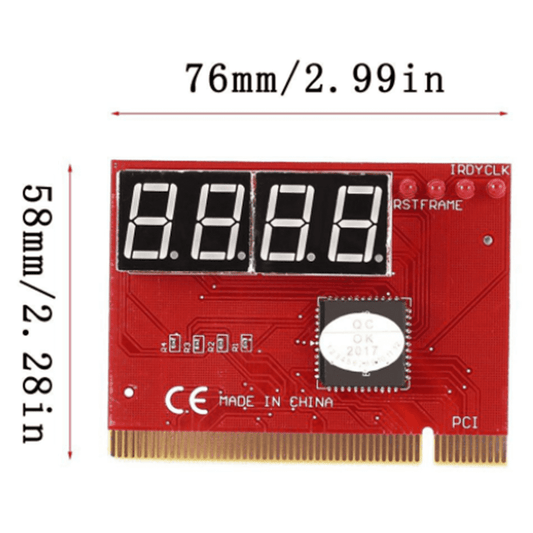Voltage Regulator: Types and Working principles
What is a voltage regulator?
A voltage regulator is an electrical or electronic device that keeps a power source's voltage within reasonable bounds. The voltage regulator is required to maintain voltages within the permitted range that the electrical equipment employing that voltage can tolerate. A device created to automatically maintain a constant voltage is known as a voltage regulator. Negative feedback architecture can be used in a voltage regulator. It might make use of electronic parts or an electromechanical mechanism. It may be used to control one or more AC or DC voltages depending on the design.

Fig. 1. An integrated Circuit Voltage Regulator
Electronic voltage regulators are used to regulating the DC voltages required by the processor and other components in devices like computer power supplies. Voltage regulators manage the plant's output in central power plant generators and automotive alternators. Voltage regulators may be installed at a substation in an electric power distribution system. The voltages from a power source are maintained by voltage regulators in a range that is compatible with the other electrical components. While DC/DC power conversion is the most common usage for voltage regulators, some also include AC/AC or AC/DC power conversion capabilities.
Also explore the features of a Voltage Sensor.
How does a voltage regulator work?
Feedback voltage regulators work by comparing the actual output voltage to a predetermined reference voltage. Any variation is boosted and utilised to regulate the regulation element in a way that lowers the voltage error. This creates a control loop with negative feedback; raising the open-loop gain tends to improve regulation precision but decreases stability. (Avoiding oscillation, or ringing, during step changes, is the definition of stability.) Additionally, there will be a trade-off between stability and response time to changes.
The regulation element is instructed to generate a higher output voltage by lowering less of the input voltage or drawing input current for longer periods. If the output voltage is too high, the regulation element is often instructed to produce a lower value. However, many regulators contain over-current protection, so if the output current is too large, they will completely stop sourcing current. Additionally, some regulators may shut down if the input voltage is outside of a specific range.
In Electronic Voltage regulators a resistor connected in series with a diode can be used to create a basic voltage/current regulator (or series of diodes). Diode V-I curves have a logarithmic shape, which means that variations in input or current draw have a minimal impact on the voltage across the diode. This concept might work well if precise voltage control and efficiency are not priorities. This type of voltage regulator is only appropriate for low voltage-controlled output because a diode's forward voltage is relatively low. A series of Zener diodes or a Zener diode may be used when a greater voltage output is required. The fixed reverse voltage of the Zener diode, which can be extremely high, is used by Zener diode regulators.

Fig. 2. Circuit design for an electromechanical voltage regulator
By coiling the sensor wire to create an electromagnet, voltage regulation in Electromechanical Regulators is quickly and readily performed. The moving ferrous core that is being held back by spring tension or gravitational attraction is drawn to the magnetic field created by the current. The magnetic field created by the coil becomes stronger as voltage and current increase, attracting the core toward the field. As the magnet enters the field, a mechanical power switch that is directly attached to it opens. Voltage and current both fall when the voltage rises, releasing the spring's tension or the core's weight and allowing it to retract. By doing so, the switch is shut off, restoring power.
Constant Voltage-Transformers create a nearly constant average output voltage with a fluctuating input current or fluctuating load by using a tank circuit made up of a high-voltage resonant winding and a capacitor. On one side of a magnet shunt, the circuit has a primary, and on the other, a tuned circuit coil and a secondary. Magnetic saturation in the area surrounding the secondary is the cause of the regulation. Due to its lack of active components, the ferroresonant technique is appealing since it relies on the square loop saturation properties of the tank circuit to absorb changes in average input voltage.
Types of voltage regulator
There are three types of voltage regulators:
- Linear regulator
- Switching regulator
1. Linear Regulator:
Voltage is divided by the linear regulator. It employs FET in the Ohmic area. Because the voltage regulator's resistance changes depending on the load, the output voltage is constant. The variable conductivity of the active pass element, such as a MOSFET or a BJT, is responsible for changing the output voltage in this type of regulator. Once a load is connected, any variations in input or load will result in a variation in current flowing through the transistor, keeping the output constant. The transistor must be operated in an active or otherwise Ohmic region if the current being supplied to it is to be changed.

Fig. 3. Circuit diagram of Linear Regulator
Although linear designs are typically far less efficient and are unable to step up or reverse the input voltage like switched supplies, they have the advantage of having a highly "clean" output with little noise added to their DC output. The input must always be greater than the output for linear regulators. The regulator will "drop out" if the input voltage gets too close to the intended output voltage. The regulator's drop-out voltage is the voltage difference between the input and output at which this happens.
Linear regulators can be classified into two types,
ii) Shunt linear regulator
i) Series linear regulator:
A variable element is used as a series connection between the load and the voltage regulator. The voltage dropped across the series element can be altered by adjusting its resistance. Additionally, the voltage across the load does not change.
ii) Shunt linear regulator:
A shunt voltage regulator functions by offering a channel through a changeable resistance from the supply voltage to the ground. This method of regulation is typically less effective than the series regulator since the current flowing through the shunt regulator has been redirected away from the load and flows pointlessly to the ground. However, it is more fundamental, occasionally only requiring a voltage-reference diode, and it is employed in extremely low-powered circuits where the wasted current is insignificant enough not to cause worry. Circuits that reference voltage frequently take this shape. Shunt regulators typically only allow current to sink (absorb).
2. Switching Regulator:
A switching regulator quickly turns on and off a sequence of devices. The quantity of charge sent to the load is controlled by the switch's duty cycle. A feedback mechanism similar to a linear regulator is used to control this. Because the series element consumes so little power, it is either fully conducting or switched off, making switching regulators efficient. Unlike linear regulators, switching regulators can produce output voltages that are higher than the input voltage or that have the opposite polarity.

Fig. 4. Simplified switching regulator
To change the output, the switching voltage regulator rapidly flips on and off. It also charges the storage components, and it needs a control oscillator. It is more challenging to filter out the noise in a switching regulator with pulse rate modulation since the frequency, constant duty cycle, and noise spectrum are all variable. It is effective and simple to remove noise from a switching regulator with pulse width modulation, constant frequency, and variable duty cycle. Continuous mode current through an inductor never reaches zero in a switching regulator. The greatest output power is possible. Better performance is produced.
Limitations of voltage regulator
- It can be inefficient and waste a lot of power in some applications
- Using higher input voltages causes significant power dissipation that can cause overheating and component damage, it is crucial to take into account the estimated power dissipation of a linear regulator in use.
- Higher output ripple voltage
- Slower transient recovery time
- EMI produces very noisy output
Switching regulator topologies

Fig. 5. Topology of the regulator
In switched mode, there are three topologies: Step-down, Step-up and Buck-Boost
In Step-up Switching converters, also known as boost switching regulators, increase the input voltage to produce a higher voltage output. A Step-up Switching voltage regulator is used to drive strings of LEDs. The output voltage of step-down converters, also known as buck converters, is lower than the input voltage.
To regulate the output over a wide range of input voltages that can be more or less than the output voltage, buck-boost converters combine the functionalities of buck and boost converters into a single-stage device.
How to pick the right voltage regulator?
- When choosing the right voltage regulator, the input and output voltage specifications are key points to consider
- The losses based on the voltage regulation should be within tolerable (acceptable) limits
- Each device is shipped with a datasheet that lists all the external components that are required, along with instructions on how to calculate their values for an effective, reliable, and high-performance design.
- The datasheet can be used to compute component values for important system components like output capacitance, output inductance, feedback resistance and more.
Conclusion
In this blog post, we have learnt that voltage regulators are essential components in electrical systems, ensuring stability and protection against power fluctuations. Understanding how they work, the different types available, and their limitations is crucial for selecting the right regulator for your specific application. From linear to switching regulators, each has its own advantages and disadvantages. By considering the requirements of your system and taking into account the different topologies available, you can make an informed decision on the best voltage regulator for your needs.
If you appreciate our work don't forget to share this post and leave your opinion in the comment box.
Please do check out other blog posts about Popular electronics
Make sure you check out our wide range of products and collections (we offer some exciting deals!)








